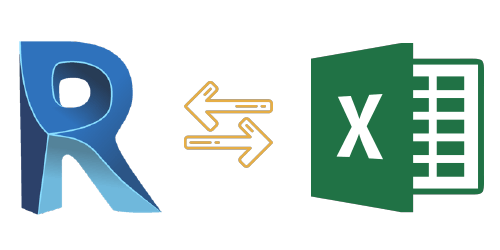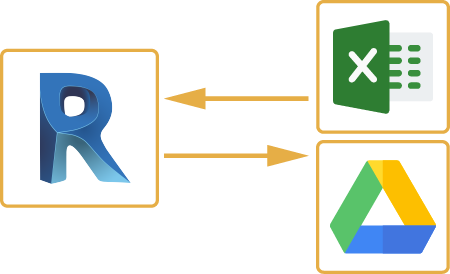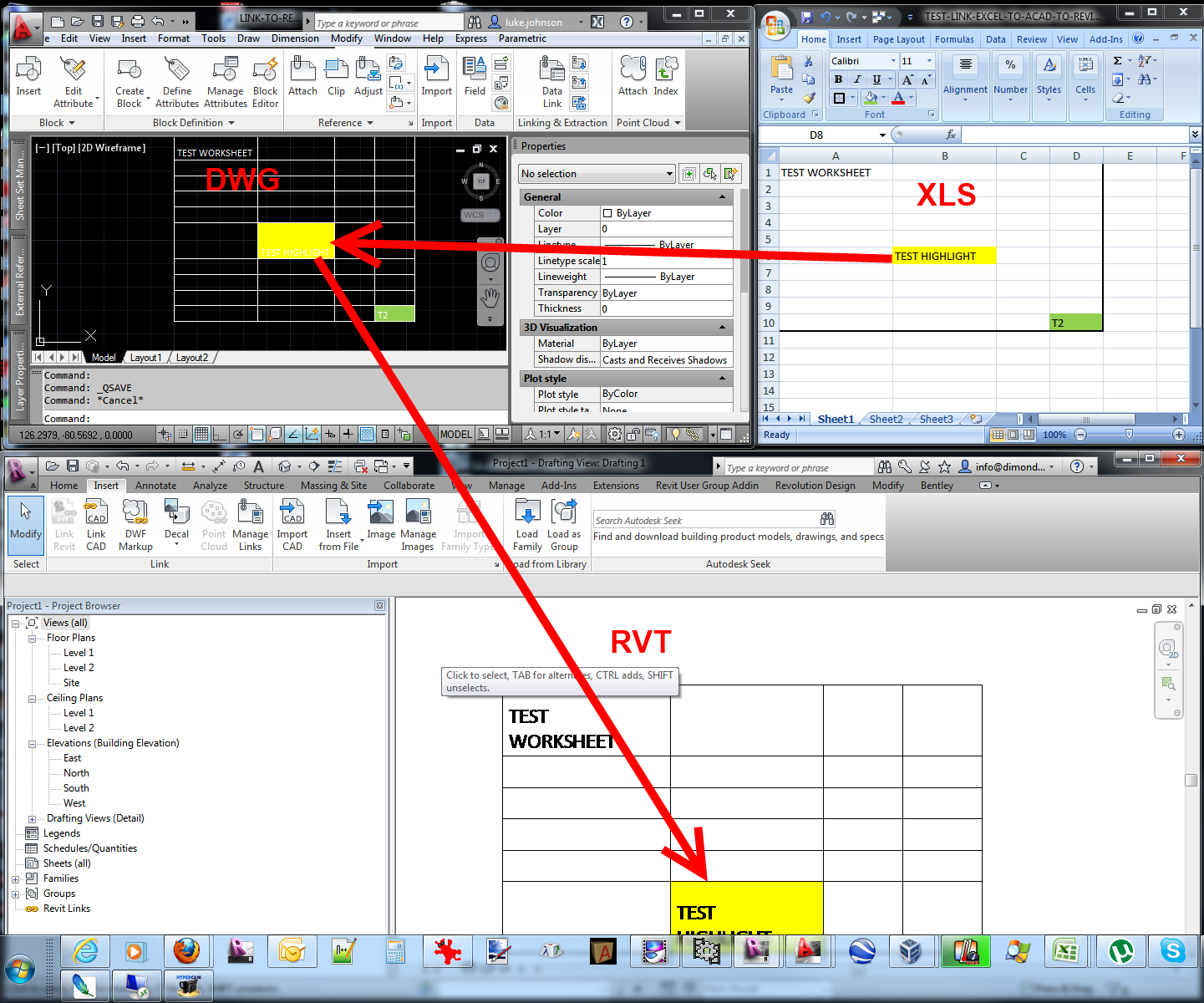Breaking Obstacles: Excel Importation Techniques for Advanced Revit Users
Explore numerous data importation approaches and master Excel combination to enhance your Revit modeling capacities. With our ideas and techniques, you can get over importation obstacles and come to be a real professional in utilizing Excel for your Revit tasks.
Advanced Revit Users: Leveraging Excel for Importation
You can easily utilize Excel for importation as an innovative Revit user. Excel is a powerful device that can substantially improve your workflow and performance in Revit. With its capacity to deal with large quantities of data and carry out intricate computations, Excel can be an useful asset in managing and arranging your project information.
One means to utilize Excel for importation is by utilizing the "Link Excel" attribute in Revit. This feature permits you to connect an Excel spreadsheet straight into your Revit job, enabling you to upgrade and synchronize information between the two programs. When dealing with schedules or tracking adjustments in your task., this can be especially beneficial.
An additional means to utilize Excel is by utilizing the "Import/Export" function in Revit. This function permits you to import and export information in between Revit and Excel, offering you the adaptability to collaborate with data in both programs. You can import data from Excel into Revit to create elements such as rooms, doors, or walls, and you can additionally export information from Revit to Excel for further evaluation or coverage.

Exploring Data Importation Methods in Revit Using Excel
Exploring how to import data from Excel into Revit provides effective techniques for incorporating details. When you import information from Excel, you can seamlessly transfer data such as room schedules, product listings, and tools information right into your Revit job. This process enables you to save time and effort by preventing hands-on data entry.
To import data from Excel into Revit, you can utilize the "Import/Export" feature. This feature enables you to map the Excel data areas to the equivalent Revit criteria, guaranteeing that the info is properly appointed within the version. By picking the appropriate import choices, you can control how the information is imported and just how it interacts with your project.
Another method for importing information from Excel right into Revit is by utilizing Dynamo. Dynamo is an aesthetic shows tool that integrates with Revit and enables you to automate tasks and workflows. With Dynamo, you can develop custom scripts that import information from Excel and control it within your Revit task. This method gives even more versatility and customization options.
Understanding Excel Combination for Advanced Revit Modeling
Mastering Excel combination for advanced Revit modeling includes utilizing effective methods to effortlessly move data and automate jobs within your project. By taking advantage of the power of Excel, you can enhance your Revit modeling process and conserve important time. One vital technique is importing information from Excel spread sheets directly right into your Revit model. This enables you to inhabit parameters, such as space names or product quantities, easily. With a few easy actions, you can map the Excel columns to the corresponding Revit specifications and import the information accurately.
Another helpful approach is exporting data from Revit to Excel. This enables you to remove information from your model, such as routines or product amounts, and assess it in Excel using formulas, graphes, or various other powerful tools. By leveraging the capacities of Excel, you can perform complex computations, create customized records, and gain useful understandings right into your task.
Along with information transfer, Excel integration can automate repetitive tasks in Revit. By creating macros or scripts in Excel, you can automate processes like creating views, generating sheets, or applying conventional households - revit tools. This not just saves time however likewise makes sure uniformity throughout your job
To grasp Excel combination in Revit, it is vital to comprehend the data structure and how Revit communicates with Excel. By familiarizing yourself with the available tools and methods, you can unlock the full potential of Excel assimilation and take your Revit modeling to the following degree.
Conquering Importation Obstacles: Excel Techniques for Revit Professionals
When getting over importation obstacles, it's important to be knowledgeable about reliable Excel techniques that can benefit experts in Revit. As an advanced Revit customer, you understand the relevance of seamlessly importing data from Excel into your tasks. However, you might experience numerous difficulties in the process. By utilizing effective Excel techniques, you can get over these difficulties and enhance your performance.

Another beneficial strategy is using the "Transpose" feature in Excel. This allows you to convert information from rows to columns or the other way around. When importing data into Revit, this can be specifically useful when you have information in an upright format in Excel, however you require it to be in a straight format in Revit.
Moreover, making use of Excel formulas such as VLOOKUP and INDEX-MATCH can substantially assist in mapping data from Excel to Revit. These solutions permit you to search for particular worths in Excel and fetch corresponding data from one more column. When importing big datasets into Revit., this can conserve you time and initiative.
Excel Information Importation Tips and Tricks for Advanced Revit Users
By acquainting on your own with reliable Excel pointers and methods, you can enhance your data importation procedure as an advanced user of Revit. In addition, making use of Excel's "Paste Unique" function allows you to paste data from Excel into Revit while maintaining formatting, such as cell shade or font design. An additional useful trick is to use Excel's "Replace and find" function to quickly make modifications to your data before importing it into Revit.
Final Thought
You have actually now learned important techniques for importing information from Excel into Revit as an innovative individual. By leveraging the power of Excel combination, you can improve your modeling process and overcome any importation tests that might develop. With these methods and pointers, you will certainly be able to master data importation and boost your Revit skills. So go on, break those barriers and master your Revit jobs!

When importing information into Revit, this can be especially helpful when you have information in a vertical layout in Excel, however you require it to be in a horizontal format in Revit.
Additionally, you can try this out utilizing Excel solutions such as VLOOKUP and INDEX-MATCH can greatly help in mapping information from Excel to Revit. In addition, using Excel's "Paste Special" function permits you to paste information from Excel into Revit while maintaining formatting, such as cell shade or font design.